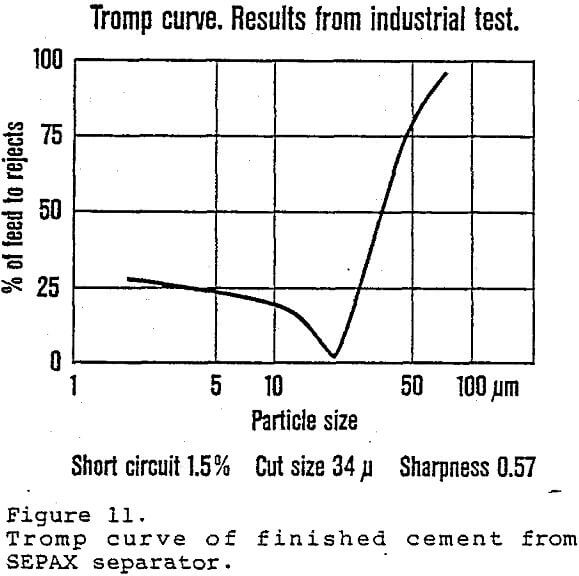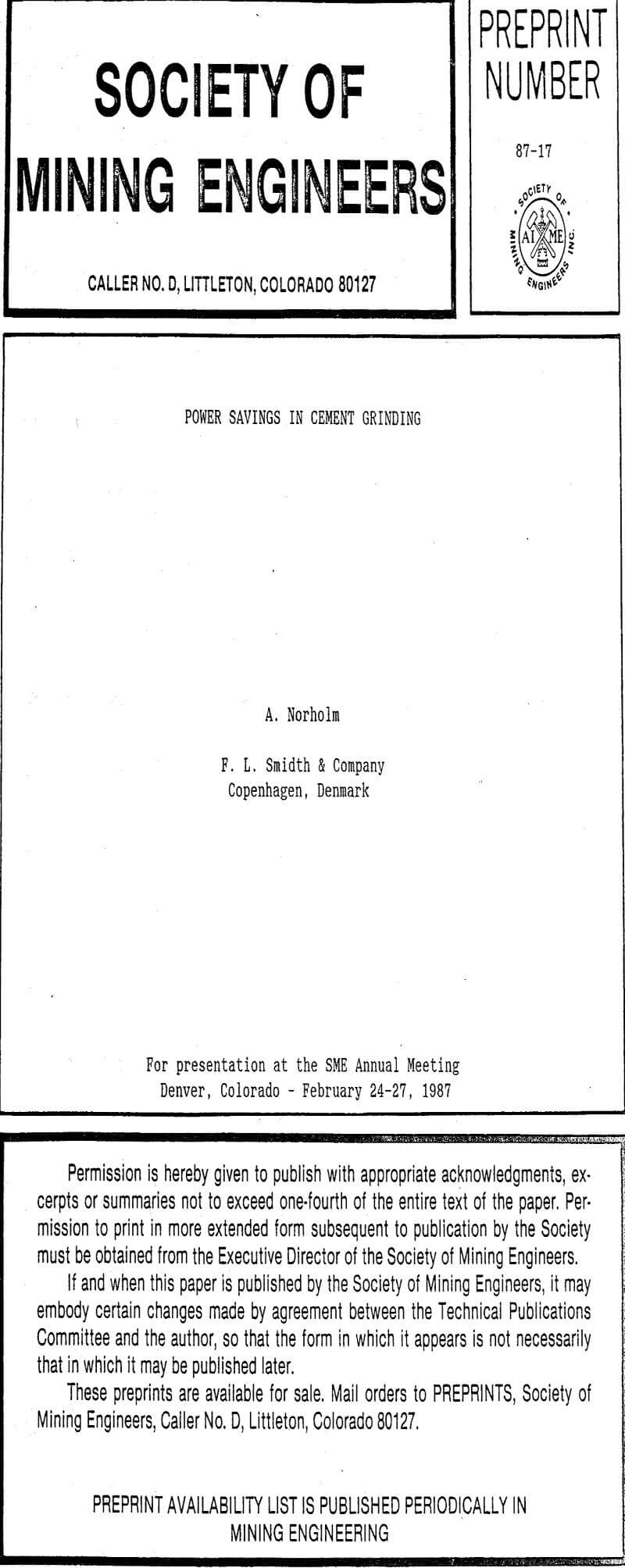Table of Contents
For grinding Portland Cement, the power consumption accounts for some 35% of the total consumption of electrical energy for producing cement, counting right from the quarry to the packing plant. It is therefore for very good reason that great efforts during the past years have been put into making cement grinding more efficient, thereby saving power.
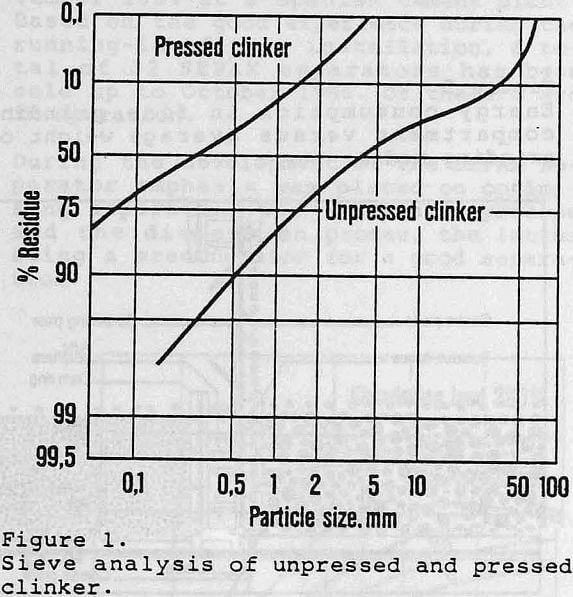
FLS-Koppern roller press
In the traditional cement grinding installation, clinker of a maximum size of about 1″ is being fed to a ball mill for grinding in 2 or 3 compartments with grinding media ranging in size from 3½ to 4″ down to about ½”.
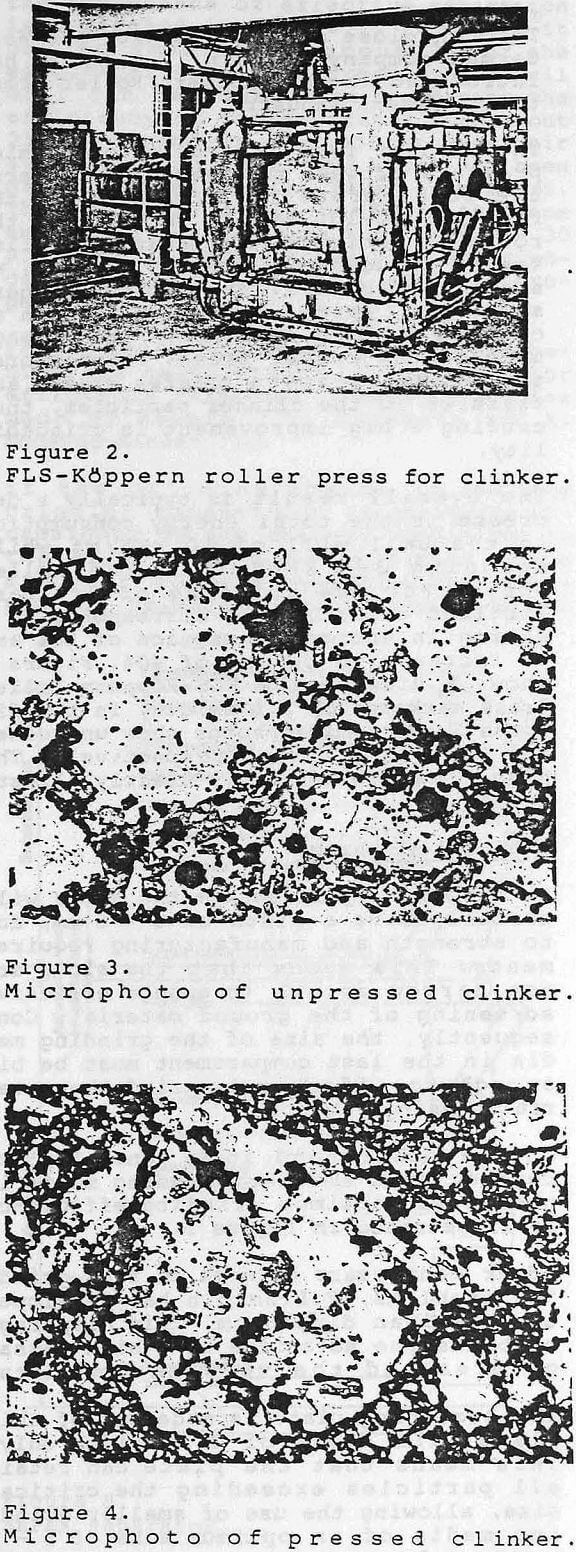
COMBIDAN diaphragm
In an ordinary diaphragm the slots will normally have a width of 6 – 8 mm, due to strength and manufacturing requirements . This means that the slots are not narrow enough to ensure effective screening of the ground material. Consequently, the size of the grinding media in the last compartment must be big enough to effectively grind the material passing into it.
After many years of work on fine-grinding problems, F. L. Smidth has developed the Combidan diaphragm. This diaphragm combines the advantage of a high passage area and the very narrow slots.
The screening plate is made out of thin plate with slots of 2 mm width only. This means that the plate can retain all particles exceeding the critical size, allowing the use of smaller grinding media of an optimum size of 5 – 7 grammes piece weight.
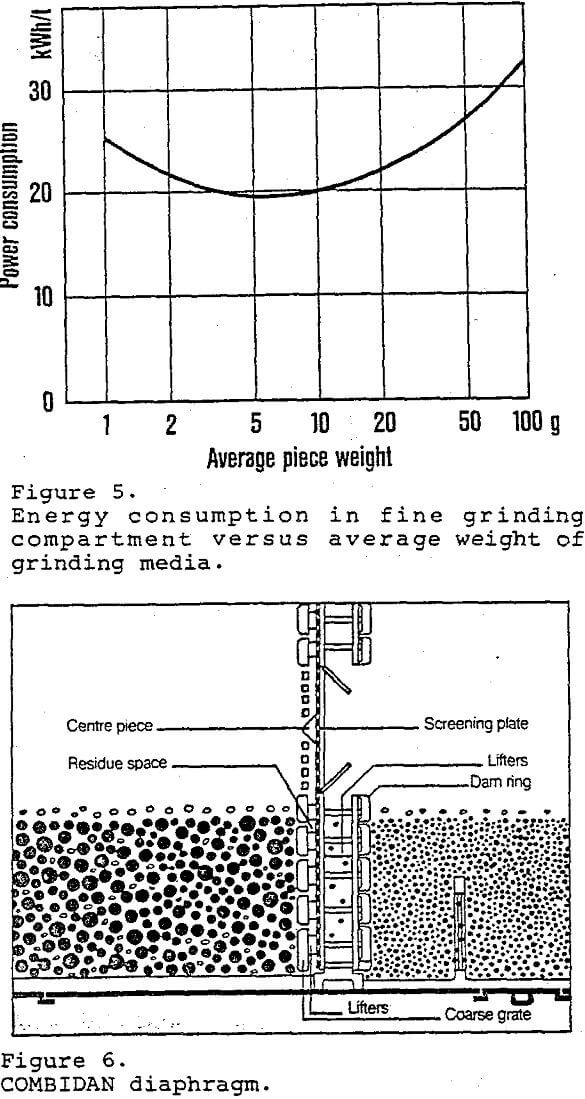
SEPAX high efficiency separator
During the development of the SEPAX separator emphasis was placed on optimising separately the separation process and the dispersion process, the latter being a precondition for a good separation.
About 25% of the electrical energy consumed by the ball mill can be saved when increasing the efficiency of the separator from about 25% as found in the conventional air separator to about 80% which has been demonstrated in the SEPAX separators. The calculation is based on the same amount of particles in the range 3-30 µ, which according to general experience is equal to identical strength properties.
If the grinding charge in the fine grinding compartment is carefully dimensioned to the changed conditions in the mill, a further reduction of the specific power consumption can be expected, primarily due to decreased agglomeration in the mill. The combined effect of the high separator efficiency and reduced agglomeration corresponds to a proven increase of production of 30-40%.
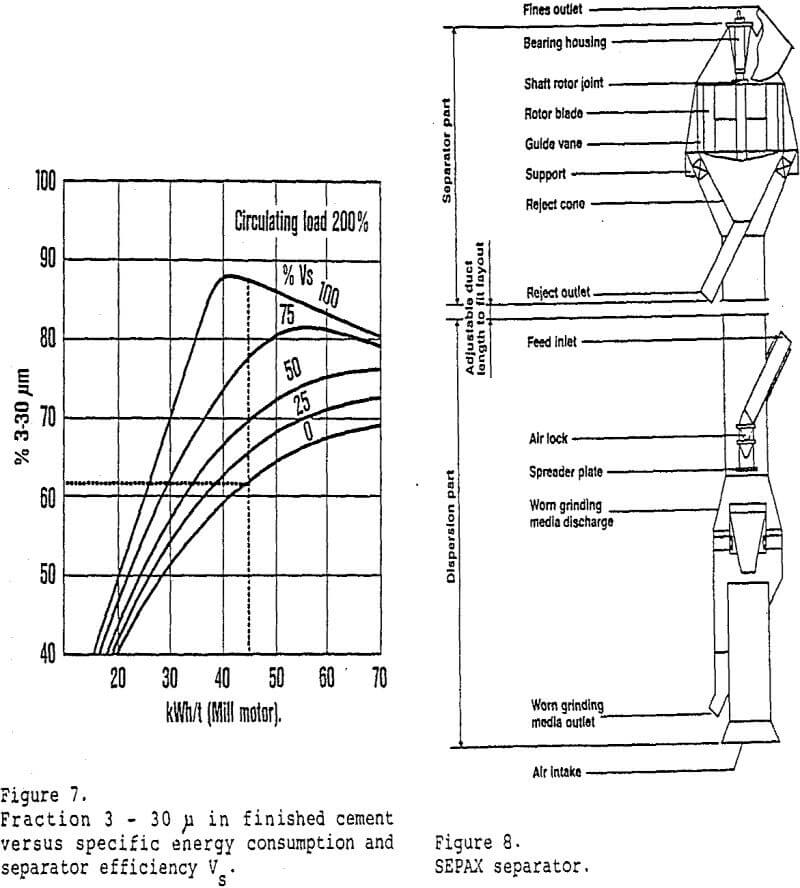
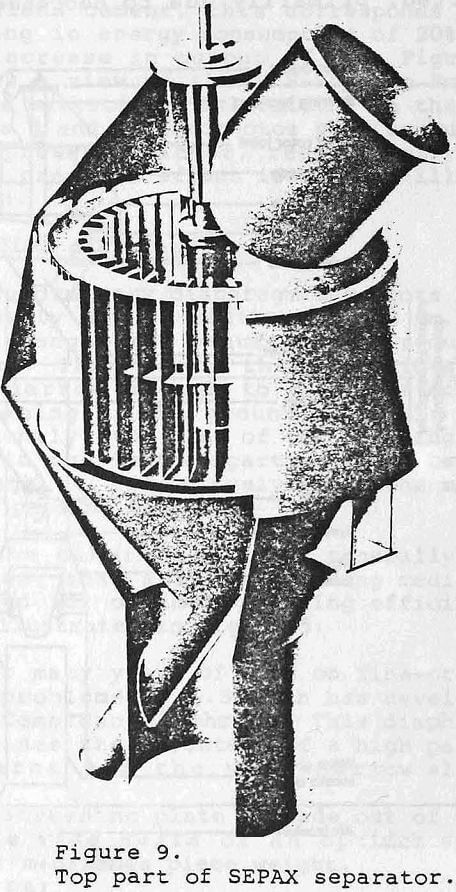
The fineness of the finished cement can be accurately adjusted within a very wide range through adjustment of the speed of the rotor.
Air supplied at the bottom of the separator can be drawn in from the atmosphere or circulated from the cyclones.
When drawing in fresh air, very effective cooling to 70 – 75°C can be achieved, which permits the cement to pass directly to the cement silos for safe storage.
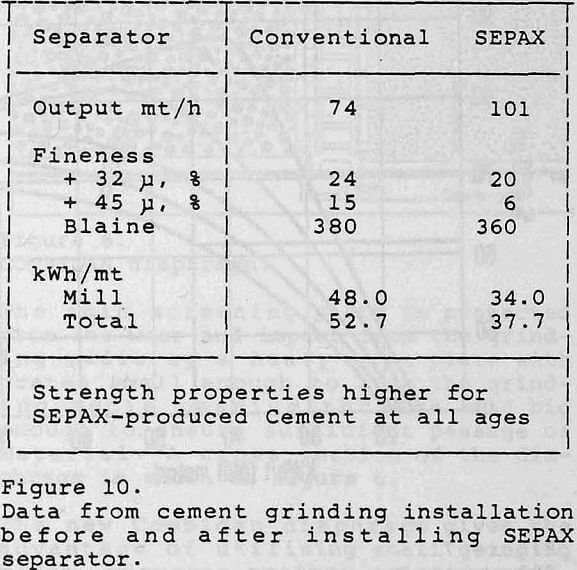
Experience shows production increases of 25-50% and separator efficiencies of 75 – 85 %.
